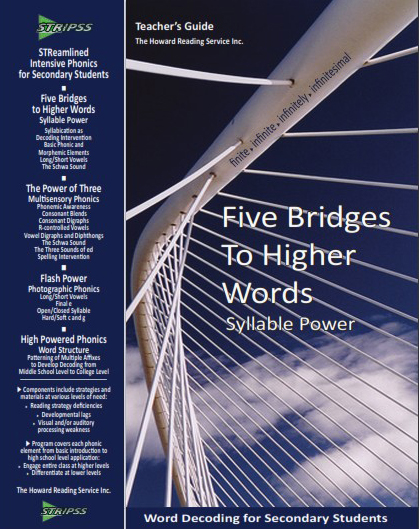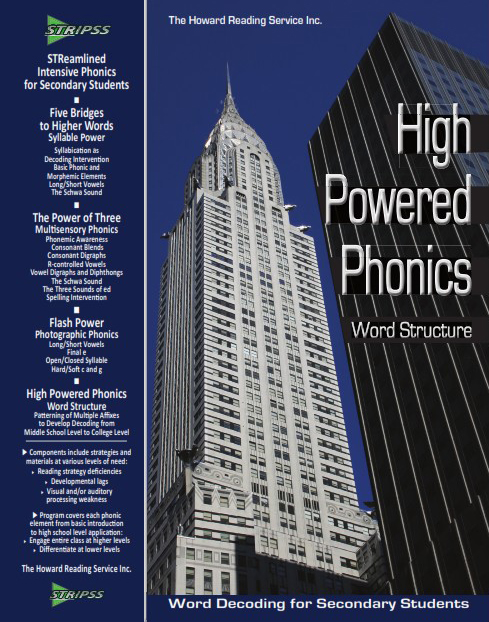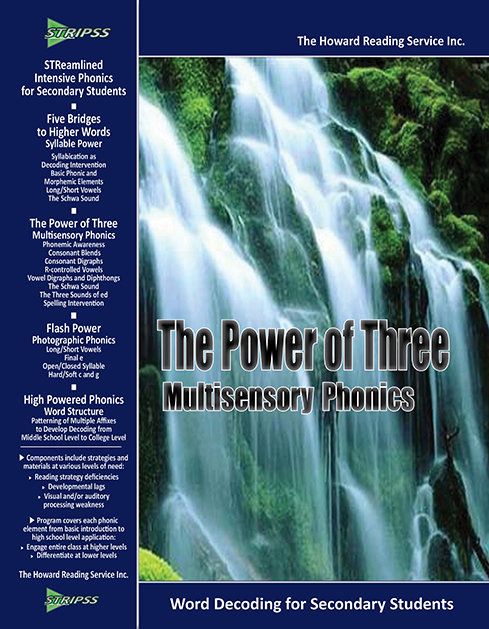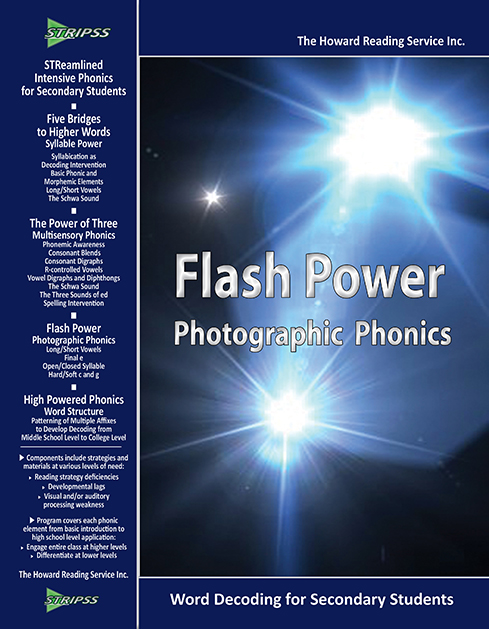Howard Reading Service
Georgia Howard
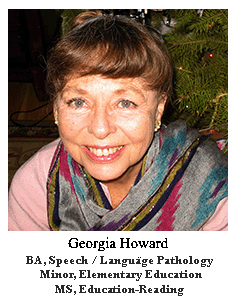
The teaching of reading first caught my attention back in elementary school. One of my dearest classmates, despite his intelligence and exceptional maturity, struggled with reading. As we went up through the grades, I kept hoping that this year's teacher would be able to help him. It never happened, and I wondered why.
I lost sight of my friend when I went to an all-girl's high school, but I had been blessed with a baby brother. Already seeing myself as a teacher, I now saw this little preschooler as my very own class of one. He was a learning sponge and moved quickly through my math and natural science lessons (Today I can say, "My brother, the doctor.") - but I could not teach him to read. Why?
When my youngest child went to school, I went to college. This delay of more than a decade was life's timing to bring me a wondrous gift, someone who would teach me how to teach reading. In the early seventies the research had begun to filter into graduate schools, but an undergraduate teacher-training program steeped in research into the development of reading was a rarity! Iona College did not offer a major in elementary ed., so I majored in speech pathology and minored in elementary education. Dr. Dorothy Albanese, the force shaping this teacher-training program and thus my wondrous gift, did not differentiate between major and minor. I ended up doing diagnostic/prescriptive work in both the speech clinic and the reading clinic.
When choosing the area for my master's degree, I was at a crossroads. I was fascinated by both, the child's development of speech and of reading. I chose reading but knew that I was embedding the speech pathology training into the reading. I thoroughly enjoyed my classes of students, but early in my career I left the classroom to become an elementary school reading resource teacher.
After seven years I found myself at the other end of the country - and in high school - as a reading resource teacher. For the first couple of years my diagnostic/prescriptive work was individualized, but then I was happily asked to reach more students through intervention classes. Now began a journey to marry diagnostic/prescriptive teaching with the demands of whole classes, and to do it at the secondary level where a student's reading needs are pitted against the state's graduation requirements. The program had to race both the growing schedule crunch of the student's need to repeat failed core classes, whose textbooks he could not read, and his right to drop out at sixteen. He, the student, had to see growth in his reading and see it fast.
STReamlined Intensive Phonics for Secondary Students (STRIPSS) developed through more than two decades spent meeting the needs of a wide range of students in need of decoding skills at both middle school and high school levels, in diverse and numerous classrooms, as an intervention teacher and a mentor to intervention teachers. It has been a journey of shared struggles and ever-increasing hope for these young adults and their wonderful teachers.
